Communicate Your Value To The Marketplace
The sales funnel, every business has one whether they’ve consciously built it or not. The term sales funnel was first used in 1898 by an American advertising advocate, Elias St. Elmo Lewis. Lewis believed that advertising was a tool to educate the public. Today, the sales funnel concept is a mainstay of most businesses’ marketing efforts and is strategically leveraged to move customers from “discovery of a product/service” to “purchasing a product/service.” Statistically, many customers don’t buy until they’ve heard about your company in different contexts at least 8 times, and sometimes that number is as high as 20 or 30 times. Strategically planning how a customer hears about your company as part of your sales funnel may give you an advantage over businesses with less cultivated marketing strategies.
Sales Funnel Waypoints
There are four basic parts of a sales funnel:
Awareness
Interest
Decision
Action
These waypoints help the customer learn about a business, their products/services, and eventually buy from the business. According to the Small Business Administration (SBA), almost one-quarter of start-ups fail within the first year. Many of these companies fail because few people know they exist. They often fail to engage with the first part of the sale funnel: AWARENESS. The business may have no website, no social media, and no action plan for making customers aware of their brand.
Here are some ways to make customers aware of your business:
Maintain a business website.
Maintain a social media presence.
Run advertising to promote your products or services.
Send out press releases to media when something newsworthy happens in your company.
Attend conferences and events related to your industry.
Become an expert in your field and speak at events.
This list is not exhaustive. How you build awareness for your business will be specific to your needs, but it needs to be done consistently, systematically, and at scale. In other words, you need to make enough people aware of your business to reach your sales goals. So, if you know only 1% of the people will become customers after learning about your business, you will need to reach out to at least 1000 people to get 10 customers. The job of building awareness never ends.
The next waypoint in the customer’s sales funnel journey is INTEREST.
At the interest waypoint, it’s up to you to keep your customer’s attention by educating them about your product or service so that they can eventually make an informed decision about buying. You should answer the following questions:
What problem(s) is the product/service solving?
Why is the problem(s) something that must be solved?
How will solving the problem improve the customer’s life/business/career etc.?
How is the product/service better than what other companies offer?
The list above is not exhaustive. You must answer customer questions and objections, and educate them about the problem your product or service solves. Sometimes customers do not realize that they have a problem. Or, they may realize it too late. It’s up to you to educate your customer during the interest stage of the sales funnel, but educate in a way that is beneficial and engaging.
Some tools you might utilize during the interest stage of the sales funnel include:
Social media posts
Blog posts
Chatbots
Free trials
Email campaigns
Events
Video blogs
Podcasts
The work you’ll need to do at the interest waypoint never ends. As long as you have your business, you will need to continue to cultivate interest by educating your customer.
The third waypoint in the sales funnel is DECISION.
During the decision stage of the sales funnel, the customer has now decided to make a purchase. But your work isn’t done. You will need to offer them the best deals you have and make sure those deals fit their needs. For example, if you’re selling a subscription service, you might offer monthly billing or annual billing. You might also offer free delivery, slow delivery (for a deep discount), or overnight delivery for a premium price. Make sure that your offers are clear, fair, and that they address the real needs of the customer. You should also make it easy for people to pay by offering a variety of payment options.
You might also do the following:
Offer discounts
Share customer testimonials
Display product comparisons
Feature customer reviews
In essence, you want to give your customer that extra (but gentle) nudge to buy.
The fourth and final waypoint in the sales funnel is ACTION.
In the final stage of the sales funnel, action, the customer buys your product or service.
A sales funnel is constantly evolving and growing. To increase your chances of finding new customers, improve your sales funnel today.
Seattle Bankruptcy Attorneys
Do you have questions about and bankruptcy and business law? Contact the experienced Seattle bankruptcy attorneys at Wenokur Riordan PLLC today at (206) 724-0846 to discuss your situation.



